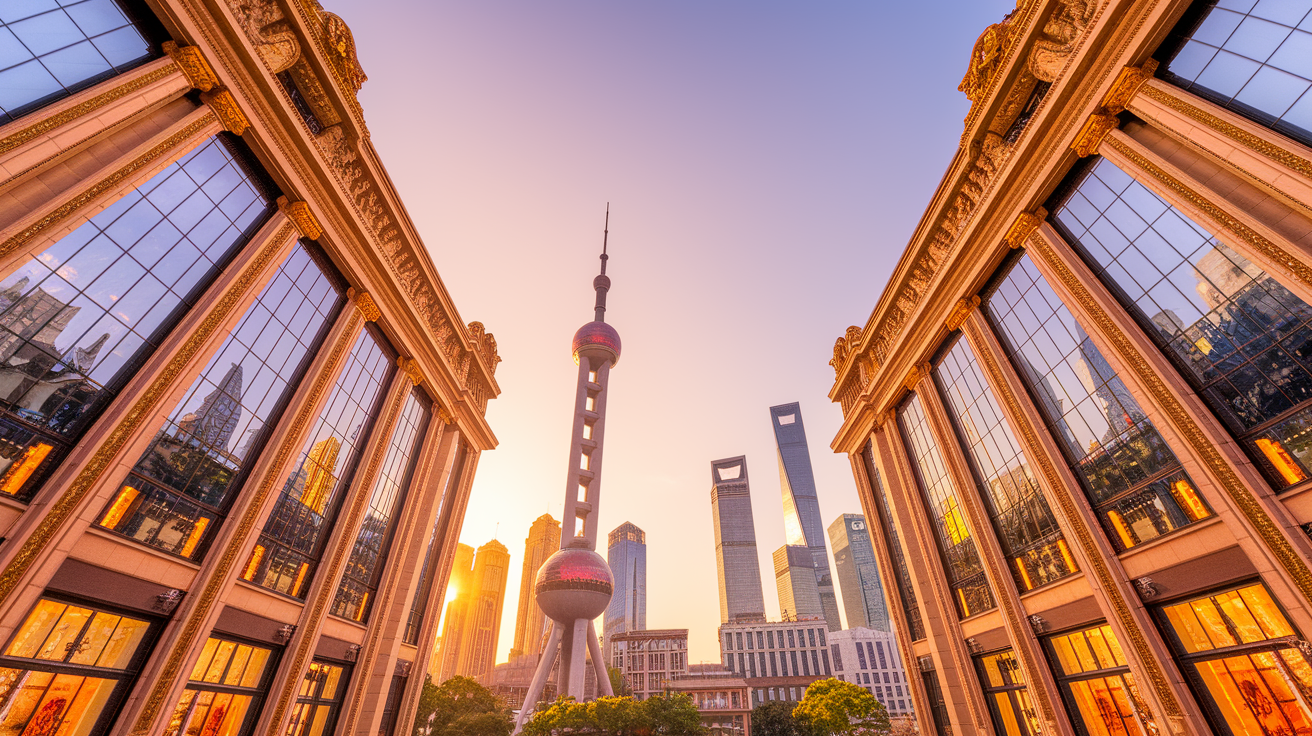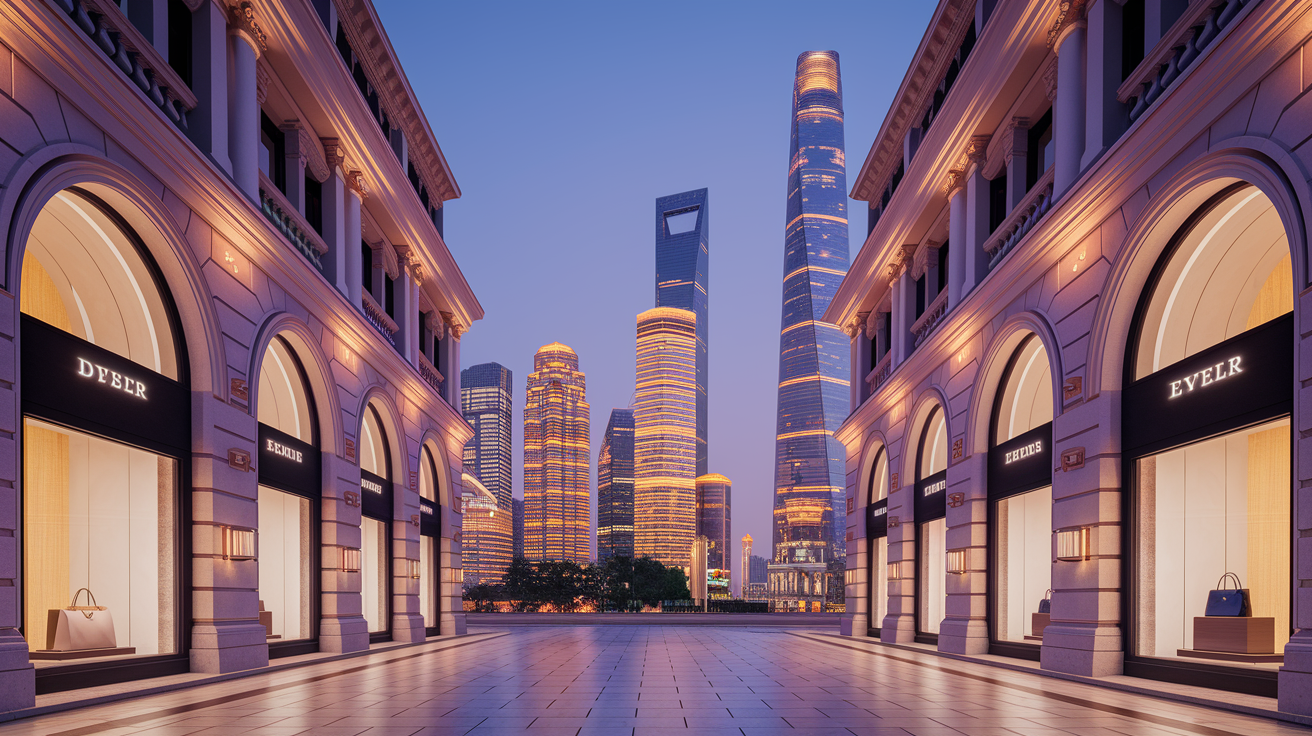The luxury goods industry is at a crossroads, influenced by dynamic developments in China and Europe. While China faces economic challenges that are hoped to be mitigated by governmental measures, Europe offers stability and attractive investment opportunities. This article explores the role of both regions in the global luxury goods market and demonstrates how investors can position themselves within this evolving scenario.
China’s Dynamics in the Luxury Goods Market: Consumer Trends and Economic Recovery

China has established itself as a significant player in the global luxury goods market. The country’s weight is not only due to its considerable economic power, but also to changing consumer trends and economic conditions that are enduringly influencing this sector.
One of the main changing factors in the luxury goods sector in China is the rapid growth of the middle class, whose increasing spending power has driven a significant rise in the demand for premium products. This consumer group shows a strong affinity for luxury brands, which characterizes both the domestic and global markets in a lasting way. The digitalization of the market also plays a central role, as platforms like WeChat and Tmall have significantly expanded the reach and accessibility of luxury goods for Chinese customers. These digital channels are invaluable for luxury brands seeking to engage directly with consumers and effectively market their products.
China’s economic recovery following the challenges of the COVID-19 pandemic has also provided positive momentum for the luxury goods market. Streamlined regulations and economic measures from the government, such as tax cuts and the promotion of domestic tourism, have enhanced the population’s consumption propensity. These efforts appear to be bearing fruit, as the demand for luxury items is regaining strength following the downturn caused by the pandemic.
The global stock market also reflects this dynamic: shares of luxury goods companies like LVMH or Kering respond sensitively to consumer trends emerging from China. Investors looking to diversify their portfolios find interesting options in China. The market not only offers significant impact thanks to its immense consumer market but also provides a variety of investment opportunities, ranging from specialized funds to financial products focused directly on China.
However, there are also challenges. Geopolitical tensions and global dependency on supply chains present critical issues that must not be overlooked. Nonetheless, opportunities prevail, as adapting to local conditions and innovative marketing strategies help brands create unique experiences for Chinese customers.
Overall, China plays a central role that goes well beyond achieving revenue records. Developments in the country not only influence the regional luxury goods market, but they also have wide-reaching implications for global investment decisions. In light of these factors, investors should keep a close eye on rapidly changing trends to successfully participate in the lucrative Chinese luxury goods market.
The European Luxury Goods Market: A Stable Power in the Global Economic Dynamics

Europe plays an indispensable role in the global luxury goods market. With a flourishing revenue that has doubled in recent years, the continent reinforces its position as a hub for high-quality products. Names like LVMH, Kering, and Richemont embody the excellence of luxury, presenting a distinctive blend of tradition and innovation. These European giants benefit from high global demand for exclusive goods and leverage strategic expansions and advanced innovations to strengthen their brands.
The economic stability of Europe contributes decisively to the strong position of its luxury goods industry. The financial sector has proven particularly resilient, with leading banks such as BNP Paribas, ING Group, and Unicredit trading at attractive valuation levels and offering high dividend yields. The Stoxx Europe 600 Banks Index shows signs of recovery from its 15-year low, indicating promising economic development. This recovery is supported by solid balance sheets and extensive restructuring, which build confidence in markets and reassurance for investors.
In a direct comparison with China, another important player in the luxury goods segment, Europe stands out for its consistent economic stability. While the Chinese market is affected by challenges like a real estate crisis and regulatory changes, Europe remains a rock amidst the storm. This attracts investors with the prospect of stable returns and solid balance sheets, while in China, the growth potential is associated with higher political risks.
In summary, Europe not only offers a stable economic foundation but also superlative craftsmanship, ensuring a unique position for its luxury goods market on a global scale. In a world often characterized by uncertainties, the European luxury goods industry is seen as a beacon of consistency, offering long-term investments and opportunities for steady growth.